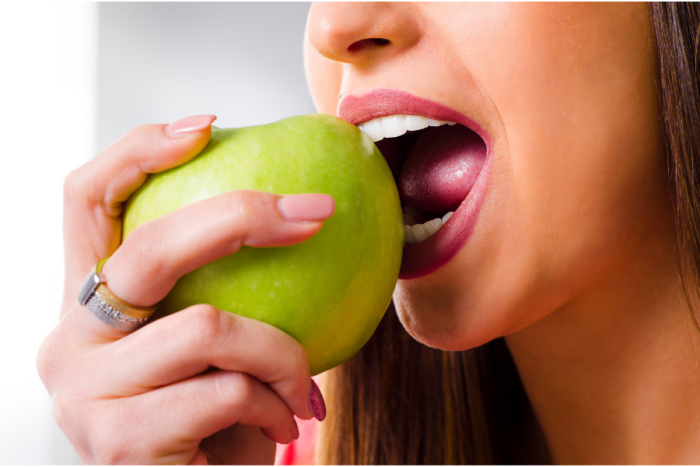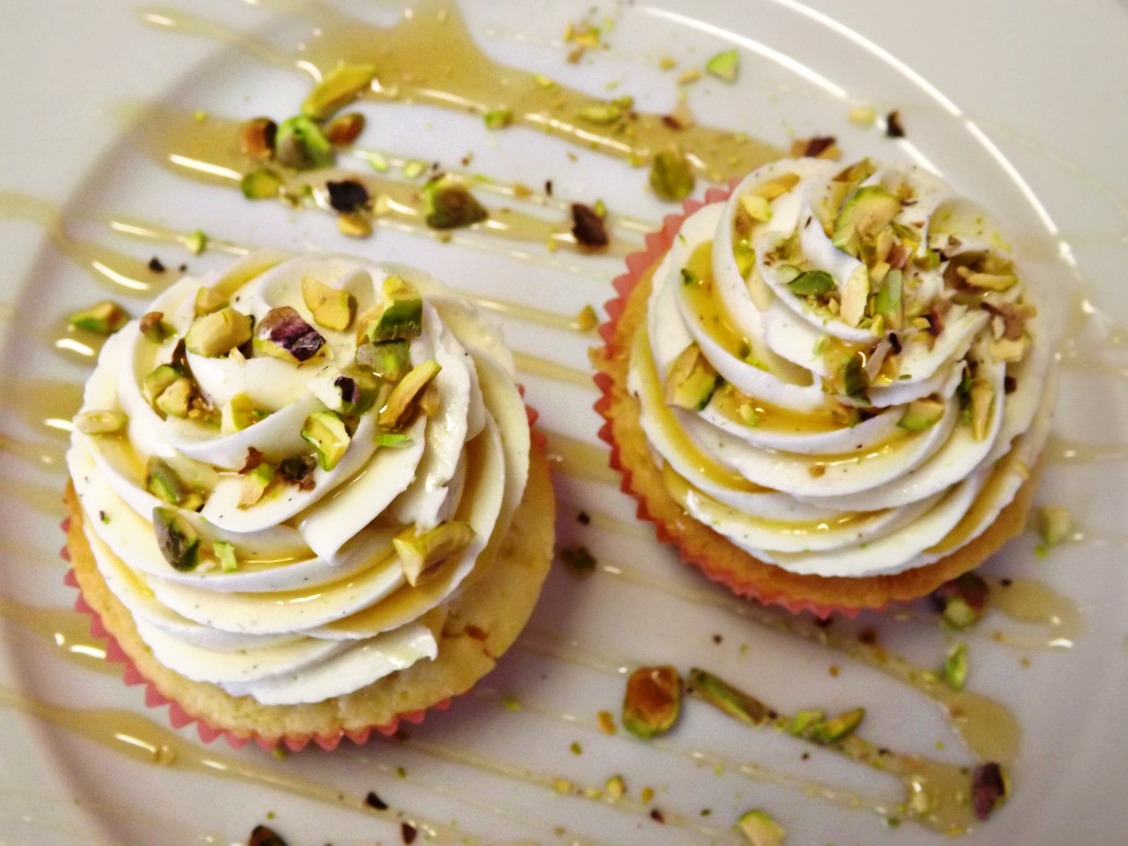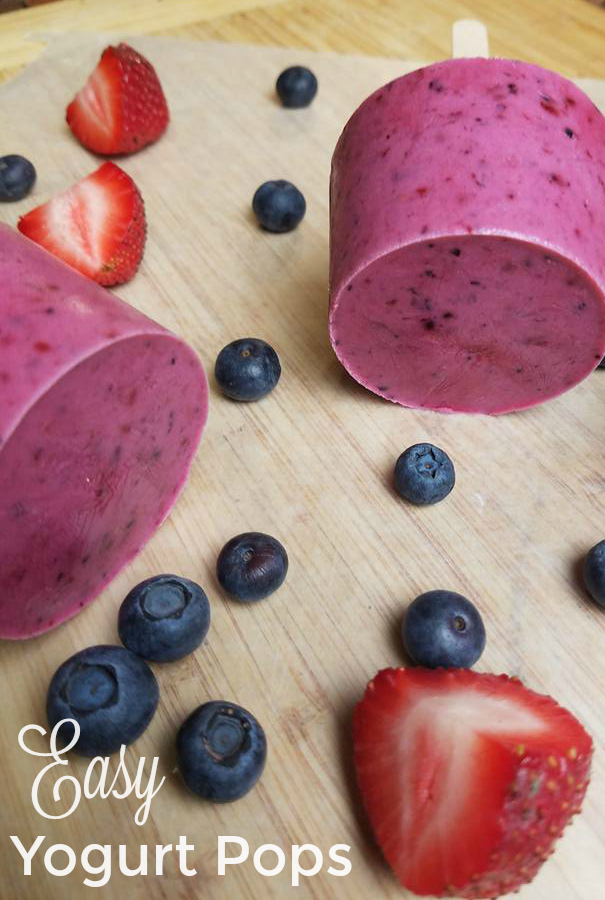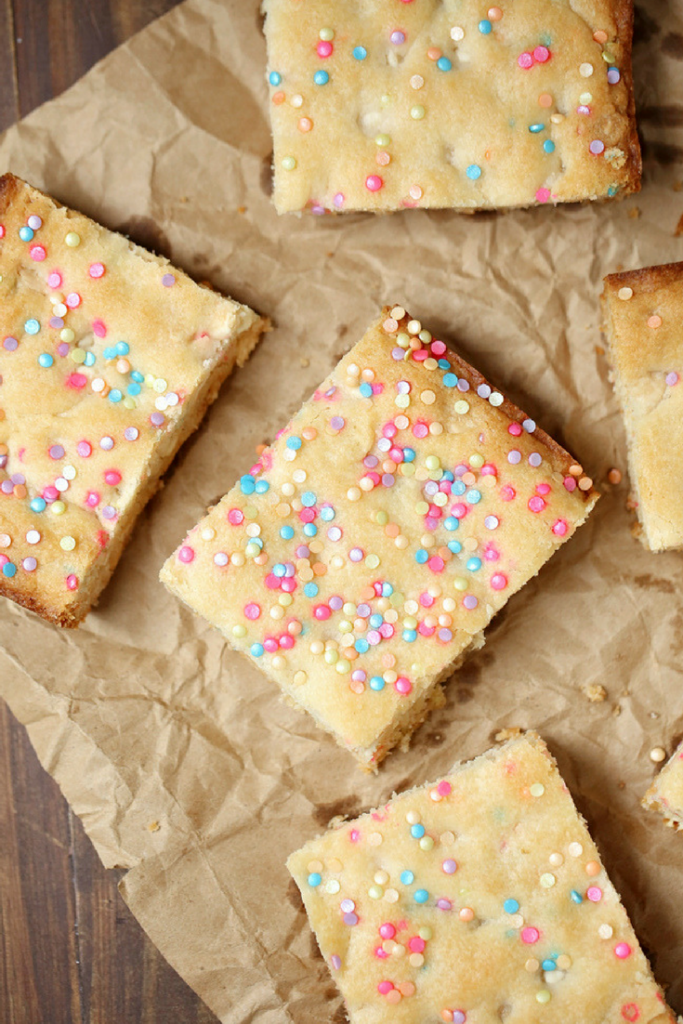Teeth whitening has become increasingly popular over the years, with many people opting for this cosmetic procedure to enhance their smile. However, after teeth whitening, it is important to follow a specific diet to ensure the results last as long as possible. This is where the “white diet” comes in.

The white diet is a specific eating plan that involves consuming only white or colorless foods for a certain period after teeth whitening. The idea behind this diet is that colored foods may stain newly whitened teeth, which can impact the overall results. Some white foods allowed on the diet include chicken, fish, cauliflower, potatoes, and rice.
While the white diet may seem restrictive, it is important to follow it for the recommended time to ensure that the teeth whitening results last as long as possible. This article will dive deeper into the white diet and provide tips for following it successfully.
Understanding the White Diet
After teeth whitening, it is essential to follow the white diet to maintain the results and avoid staining the teeth. The white diet is a specific meal plan with foods and beverages less likely to stain the teeth.
The primary goal of the white diet is to avoid consuming foods and drinks that can cause discoloration or staining of the teeth. This includes avoiding dark-colored foods and beverages like coffee, tea, red wine, and dark sauces.
The white diet is not restrictive but rather a diet that promotes healthy eating habits. It includes a variety of foods that are beneficial for overall health, such as fruits, vegetables, lean proteins, and whole grains.
Some of the foods that are recommended on the white diet include:
- White meat, such as chicken and turkey
- Fish and seafood
- White rice and pasta
- Cauliflower, potatoes, and other white vegetables
- Bananas, pears, and other white fruits
- Milk, yogurt, and other dairy products
It is also important to drink plenty of water to keep the mouth hydrated and rinse away any food particles that can cause staining.
In addition to following the white diet, avoiding smoking and chewing tobacco is also recommended, as these can cause significant discoloration of the teeth.
A white diet can help maintain teeth-whitening results and promote oral health.
Why Follow the White Diet After Teeth Whitening
Teeth whitening treatments can be expensive, so protecting your investment by following a white diet is important. This diet is designed to minimize staining and promote oral health, helping you maintain a bright, white smile for longer.
Protecting Your Investment
After teeth whitening, your teeth are more susceptible to staining. This is because the enamel is more porous, allowing stains to penetrate more easily. Following a white diet can minimize your exposure to staining agents, helping keep your teeth looking their best.
Preventing Stains
The white diet consists of foods low in chromogens, compounds that can cause staining. This includes white or clear foods, such as chicken, fish, cauliflower, and milk. It is also important to avoid foods high in acid, such as citrus fruits and tomatoes, as these can erode the enamel and make your teeth more susceptible to staining.
Promoting Oral Health
In addition to minimizing staining, the white diet can promote oral health. This is because it includes foods rich in calcium and other nutrients essential for strong, healthy teeth. This includes dairy products, leafy greens, and nuts.
Following a white diet after teeth whitening can protect your investment, prevent stains, and promote oral health. So, if you want to maintain a bright, white smile for longer, stick to foods that are low in chromogens and high in nutrients.
What to Include in the White Diet
After teeth whitening, it is important to follow a white diet to prevent staining and discoloration. Here are some foods to include in your diet:
White and Light-Colored Foods
White and light-colored foods are the cornerstone of the white diet. These foods are low in pigments that can stain your teeth. Examples of white and light-colored foods include:
- Cauliflower
- Potatoes
- White onions
- Apples
- Bananas
- Pears
- White rice
- White pasta
- White bread
Dairy Products
According to Natrusmile, some dairy products that can help whiten your teeth include sour cream, cottage cheese, and whole milk. Dairy products are an excellent source of calcium, which is important for maintaining strong teeth. They also contain casein, a protein that can help repair tooth enamel. Here are some dairy products to include in your white diet:
- Milk
- Cheese
- Yogurt
- Cottage cheese
Lean Proteins
Lean proteins are important for maintaining muscle mass and keeping you feeling full. They are also a good source of phosphorus, which can help protect your tooth enamel. Here are some lean proteins to include in your white diet:
- Chicken breast
- Turkey breast
- Fish
- Tofu
By including these foods in your white diet, you can help maintain your newly whitened teeth and keep them looking their best.
What to Avoid in the White Diet
After teeth whitening, sticking to a white diet is crucial to avoid staining your newly whitened teeth. However, certain foods should be avoided to maintain the brightness of your teeth. Here are some foods to avoid in the white diet:
Dark-Colored Foods
Dark-colored foods can easily stain your teeth, so it is best to avoid them after teeth whitening. Some examples of dark-colored foods to avoid include:
- Coffee and tea
- Red wine
- Dark chocolate
- Soy sauce
- Balsamic vinegar
Acidic Foods
Acidic foods can erode the enamel on your teeth, making them more susceptible to staining. It is best to avoid acidic foods after teeth whitening to maintain the brightness of your teeth. Some examples of acidic foods to avoid include:
- Citrus fruits and juices
- Tomatoes and tomato-based products
- Pickles and other pickled foods
- Carbonated drinks
Sugary Foods
Sugary foods can lead to tooth decay, which can cause discoloration of the teeth. It is best to avoid sugary foods after teeth whitening to maintain the brightness of your teeth. Some examples of sugary foods to avoid include:
- Candy
- Soda
- Sweetened fruit juices
- Cakes and pastries
If you avoid these foods after teeth whitening, you can maintain the brightness of your teeth and ensure that your investment in teeth whitening lasts as long as possible.
Tips for Following the White Diet
Following the White Diet is crucial to maintaining the results of teeth whitening. Here are some tips to help you stay on track:
Meal Planning
Planning meals ahead of time is essential to ensure that you are eating the right foods. Here are some tips:
- Incorporate plenty of white foods into your diet, such as chicken, fish, cauliflower, and white beans.
- Avoid foods that are likely to stain your teeth, such as coffee, tea, red wine, and dark-colored fruits and vegetables.
- Opt for foods that are high in calcium, such as low-fat dairy products, to help strengthen your teeth.
Hydration
Staying hydrated is essential for maintaining healthy teeth and gums. Here are some tips:
- Drink plenty of water throughout the day to help flush out food particles and bacteria from your mouth.
- Avoid sugary drinks, such as soda and sports drinks, which can increase the risk of tooth decay.
- Limit your intake of acidic drinks, such as citrus juices and energy drinks, which can erode tooth enamel.
Oral Care Routine
Maintaining a good oral care routine is crucial to keeping your teeth healthy and white. Here are some tips:
- Brush your teeth twice daily with fluoride toothpaste to help remove plaque and surface stains.
- Floss daily to remove food particles and plaque from between your teeth.
- Use a whitening mouthwash to help maintain your white smile.
Conclusion
In conclusion, The White Diet is important for maintaining a bright white smile after teeth whitening. By following the guidelines and incorporating the recommended foods into the diet, individuals can ensure that their teeth remain white and healthy for longer periods.
It is important to note that while The White Diet can be effective, it is not a substitute for good oral hygiene practices. Brushing and flossing regularly and visiting the dentist for regular checkups are still essential for maintaining optimal oral health.
Additionally, consulting with a dentist or dental professional before beginning any new diet or oral health regimen is important. They can provide personalized recommendations and ensure individuals take the necessary steps to maintain oral health.
Incorporating The White Diet into a daily routine can be a simple and effective way to maintain a bright and healthy smile.











Leave a Reply